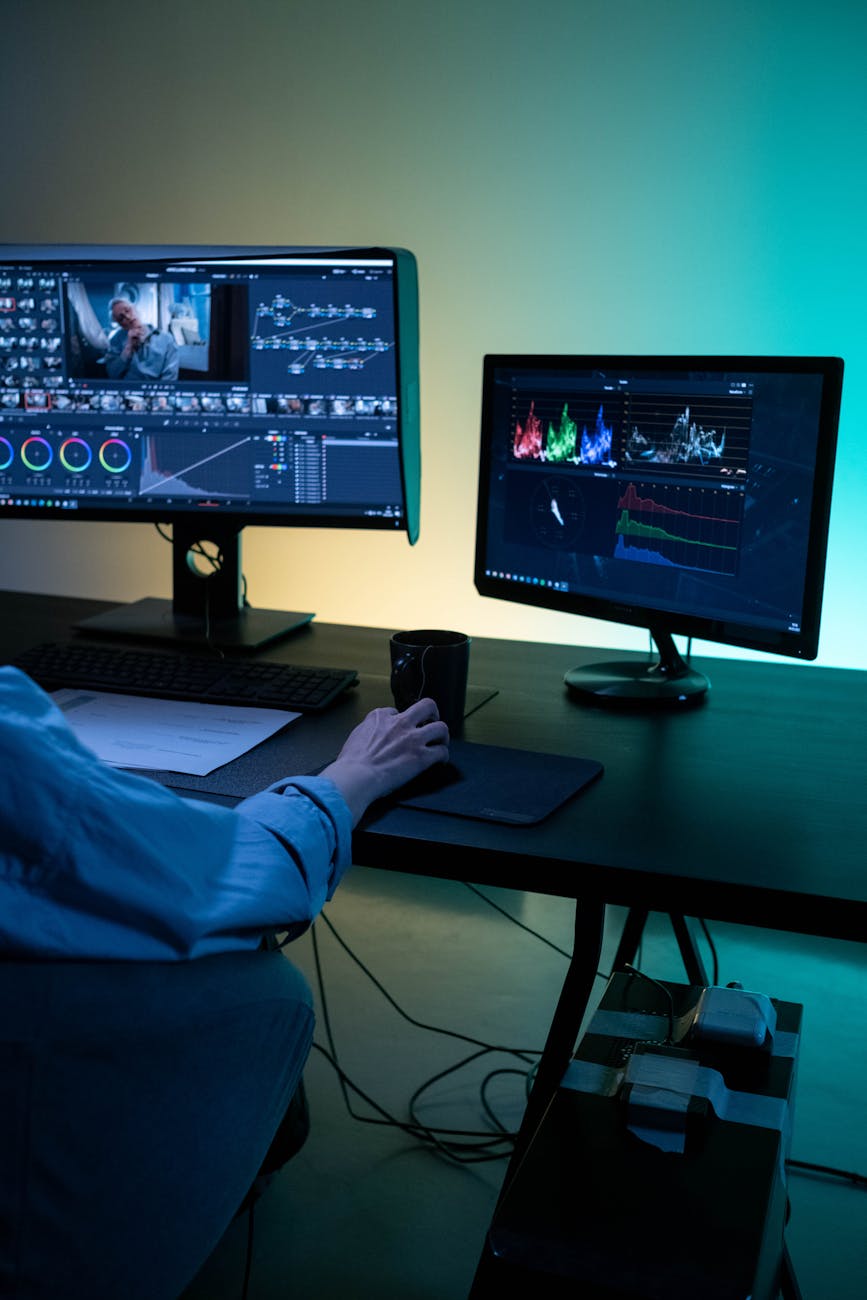Essential Video Editing Techniques for Beginners: Step-by-Step Guide


Are you a beginner looking to learn the art of video editing but feeling overwhelmed by the intricacies of editing software? Fret not! In this step-by-step guide, we will walk you through essential video editing techniques for beginners, helping you create captivating videos with ease.
1. Understand Your Editing Software
Before diving into the world of video editing, it's crucial to familiarise yourself with the editing software you'll be using. Whether you opt for popular tools like Adobe Premiere Pro, Final Cut Pro, or simpler options like iMovie or Filmora, understanding the basic functions and layout of the software is the first step towards mastering video editing.
2. Organise Your Footage
Effective video editing starts with proper organisation. Create a dedicated folder for your project and ensure all your footage, audio files, and assets are neatly organised within it. This will streamline your editing process and save you time when searching for specific clips.
3. Familiarise Yourself with Editing Terminology
As a beginner, grasping editing terminology is essential. Terms like cuts, transitions, keyframes, and effects are fundamental to video editing. Take the time to understand what each term means and how they contribute to the overall editing process.
4. Start with Simple Cuts
Begin your editing journey by mastering the art of simple cuts. Trim down your footage to remove unnecessary segments and create a seamless flow between scenes. Practice cutting and rearranging clips to understand the impact it has on the narrative of your video.
5. Experiment with Transitions
Transitions are a great way to add visual appeal to your videos. Experiment with various transition effects like fades, wipes, and dissolves to create smooth transitions between shots. However, use transitions sparingly and ensure they complement the content rather than overshadowing it.
6. Utilise Keyframes for Motion Graphics
Keyframes are essential for adding motion to text, graphics, and effects within your videos. By setting keyframes at different points in your timeline, you can create dynamic animations and visual effects that enhance the overall quality of your video.
7. Enhance Your Audio
Audio is a crucial component of any video. Experiment with audio levels, add background music and incorporate sound effects to enhance the auditory experience of your video. Ensure that your audio is clear and balanced and complements the visual elements of your project.
8. Add Text and Graphics
Text overlays and graphics can help convey important information or enhance the visual appeal of your videos. Experiment with different fonts, colours, and styles to create engaging titles, lower thirds, and other graphic elements that elevate the quality of your content.
9. Colour Correction and Grading
Colour correction and grading can drastically improve the visual impact of your videos. Experiment with adjusting the brightness, contrast, and colour balance of your footage to achieve a cohesive and professional look. Consistent colour grading can also help establish a distinct visual style for your videos.
10. Seek Feedback and Practice Regularly
Finally, don't hesitate to seek feedback from peers or online communities to improve your editing skills. Practice regularly, experiment with new techniques, and challenge yourself to push the boundaries of your creativity. Remember, video editing is a skill that improves with time and practice.
By following these essential video editing techniques for beginners and practising regularly, you'll be well on your way to creating professional-quality videos that captivate your audience. So, grab your footage, fire up your editing software, and unleash your creativity through the power of video editing!